Diseases and Conditions › Heart Diseases › Understanding Your Heart Rate
Your heart is a muscle that is located on the left side of your chest and is about the size of your fist. It sends blood thoughout your body, providing it with the proper nutrients and oxygen that it needs. The heart is also made up of four different blood filled areas which are called chambers. Each side of the heart contains two of these chambers that are used primarily to send blood to your lungs. This is why the need of cardiovascular exercise is important because the more blood being transfered from your lungs to your heart, the more calories you are burning.
A person`s heart rate in an exact measurement can and will determine one`s fat loss progress. With physical activity, the heart rate increases to supply the muscles with more oxygen so that the body produces more energy. The heart can beat up to two-hundred times per minute and the brain controls this rate by sending nerve signals to the heart. The rate in which a person`s heart beats depends on intensity of exercise, activity levels, and genetics. There is no "one size fits all" average for heart rate, it will vary on the individual.
A person`s resting heart rate is simply the number of times that your heart beats while resting. The average resting heart rate is anywhere from fifty-five to eighty-five beats per minute. Your resting heart rate gets higher as you get older and is lower with physically fit people. Athletes sometimes measure their resting heart rate as one way of finding out if they have overtrained. Measuring your resting heart rate is also used to determine a person`s target heart rate.
Athletes use a heart rate monitor as a training aid in identifying their maximum heart rate (MHR) to determine their needed training zones. The easiest method of calculating your maximum hear rate is to subtract your age from 220. Studies have show that one`s MHR on a treadmill is five to six beats higher than on an exercise bike, and two to four beats higher than on a rowing machine. It was also found that physically fit people over the age of fifty are likely to have a higher maximum heart rate that the average person of their age group.
This article was intended to provide you with the basic information of calculating your heart rate and information that will become useful when deciding to start your own cardiovascular workout. You also need to take into consideration that you don`t have to burn yourself out by calculating every single step you take to measure your heart rate. Believe it or not, some people actually do this and are looked at strangely by others as well. If you want to burn more calories, simply eat less or become more active, you don`t have to get scientific until you are advanced enough to know what you`re doing. Until next time, later!
Article Source: http://EzineArticles.com

A person`s heart rate in an exact measurement can and will determine one`s fat loss progress. With physical activity, the heart rate increases to supply the muscles with more oxygen so that the body produces more energy. The heart can beat up to two-hundred times per minute and the brain controls this rate by sending nerve signals to the heart. The rate in which a person`s heart beats depends on intensity of exercise, activity levels, and genetics. There is no "one size fits all" average for heart rate, it will vary on the individual.
A person`s resting heart rate is simply the number of times that your heart beats while resting. The average resting heart rate is anywhere from fifty-five to eighty-five beats per minute. Your resting heart rate gets higher as you get older and is lower with physically fit people. Athletes sometimes measure their resting heart rate as one way of finding out if they have overtrained. Measuring your resting heart rate is also used to determine a person`s target heart rate.
Athletes use a heart rate monitor as a training aid in identifying their maximum heart rate (MHR) to determine their needed training zones. The easiest method of calculating your maximum hear rate is to subtract your age from 220. Studies have show that one`s MHR on a treadmill is five to six beats higher than on an exercise bike, and two to four beats higher than on a rowing machine. It was also found that physically fit people over the age of fifty are likely to have a higher maximum heart rate that the average person of their age group.
This article was intended to provide you with the basic information of calculating your heart rate and information that will become useful when deciding to start your own cardiovascular workout. You also need to take into consideration that you don`t have to burn yourself out by calculating every single step you take to measure your heart rate. Believe it or not, some people actually do this and are looked at strangely by others as well. If you want to burn more calories, simply eat less or become more active, you don`t have to get scientific until you are advanced enough to know what you`re doing. Until next time, later!
Article Source: http://EzineArticles.com
Article By: Zach Bashore
High Blood Pressure, Causes, and Natural Remedies
Managing Heart Disease The Natural Way
How to Treat Angina Pectoris (Chest Pain)
New reason for and the mechanisms of cardiac electrical instability. New defibrillation mechanism.
Eating Low-Fat Dairy Food May Reduce Your Risk Of Stroke
A Relief From Acid Reflux Symptoms Can Be Possible With Generic Prilosec
Want To Shoot Out Hypertension Effectively, Generic Toprol Has The Capability
Understanding coronary Heart Disease and Its Effects
Do The Arthritis Drugs Celebrex and Vioxx Cause Heart Attacks?
Heart Disease: Dealing Day-to-Day
10 Ways to Avoid a Heart Attack!
Living With Heart Failure
Heart Disease and Heart Attacks: What Women Need to Know ?!
New reason for and the mechanisms of cardiac electrical instability. New defibrillation mechanism.
Most Popular Tags
understanding heart rate
,understanding your heart rate
, understanding heart rates, understanding your resting heart rate, mss, heart rate understanding, ,understanding your heart rate zones
, , , ,what is the average heartbeat for fifty five years men
,uNDERSTANDING YOUR tARGET hEART Rate Zones
,normal heart rate in a person in there fifty
, , ,Would someone who is more physically fit have a higher or lower resting heart rate
, , ,average resting heart rate by age
, ,why is the heart rate lower in athletes
,importance of target resting heart rate
,how is blood transfered from the lungs
,as a person becomes physically fit their heart rate will
,understanding resting heart rate
,why do some people have higher max heart rates
,does a physically fit person have a lower resting heart rate
,why do physically fit people have a lower resting heart rate
, ,Most Read
New Articles
Most Viewed
Most Downloads
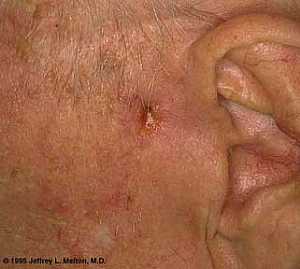 Basal Cell Carcinoma ("Rodent Ulcer" Type)
Basal Cell Carcinoma ("Rodent Ulcer" Type)
 Basal Cell Carcinoma (Histology-Morpheaform Type)
Basal Cell Carcinoma (Histology-Morpheaform Type)
 Basal Cell Carcinoma (Histology-Nodular Type - High power)
Basal Cell Carcinoma (Histology-Nodular Type - High power)
 Basal Cell Carcinoma (Histology-Nodular Type- High power)
Basal Cell Carcinoma (Histology-Nodular Type- High power)
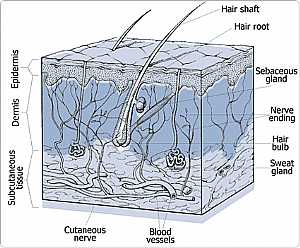 Skin
Skin
 Nervous System -- Basic
Nervous System -- Basic
 Brain anatomy
Brain anatomy
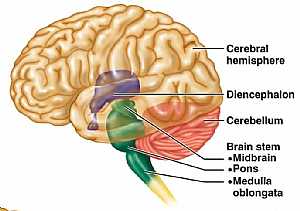 Brain anatomy
Brain anatomy
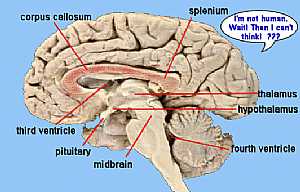 Brain anatomy
Brain anatomy
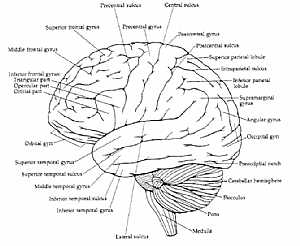 Brain anatomy
Brain anatomy
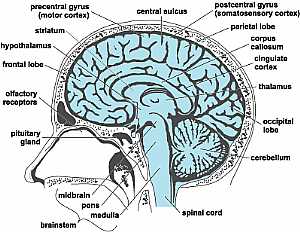 Head anatomy
Head anatomy
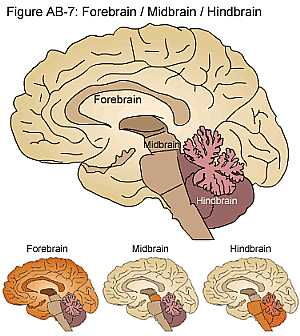 Brain anatomy
Brain anatomy
eDoctorOnline.com does not provide medical advice, diagnosis or treatment.
© Copyright 2001-2022 eDoctorOnline.com
© Copyright 2001-2022 eDoctorOnline.com

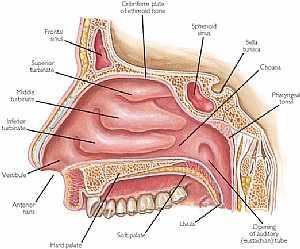 Nose anatomy
Nose anatomy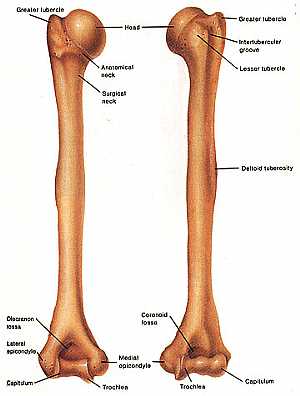 Humerus bone
Humerus bone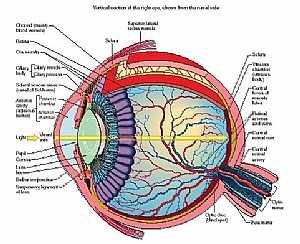 Eye anatomy
Eye anatomy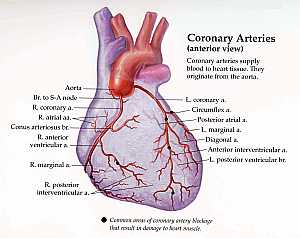 Coronary arteries anatomy
Coronary arteries anatomy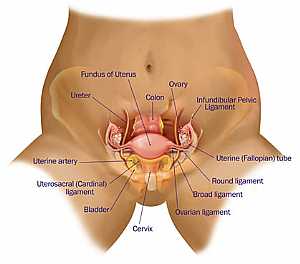 Female pelvic anatomy
Female pelvic anatomy Heart and lung anatomy
Heart and lung anatomy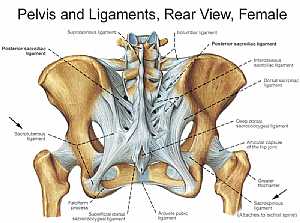 Bones and ligaments of the FEMALE Pelvis
Bones and ligaments of the FEMALE Pelvis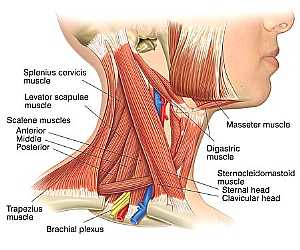 Neck Anatomy
Neck Anatomy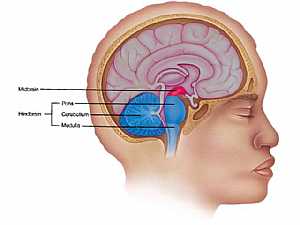 MidBrain anatomy
MidBrain anatomy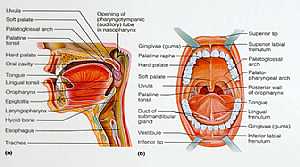 Oral Cavity
Oral Cavity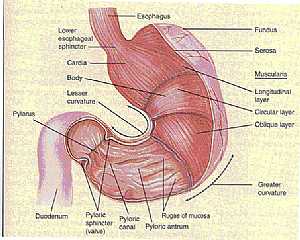 Stomach anatomy
Stomach anatomy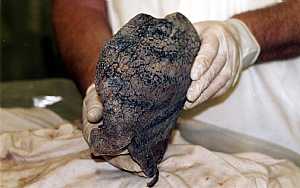 Lung anatomy
Lung anatomy Basal Cell Carcinoma ("Rodent Ulcer" Type)
Basal Cell Carcinoma ("Rodent Ulcer" Type) Basal Cell Carcinoma (Histology-Morpheaform Type)
Basal Cell Carcinoma (Histology-Morpheaform Type) Basal Cell Carcinoma (Histology-Nodular Type - High power)
Basal Cell Carcinoma (Histology-Nodular Type - High power) Basal Cell Carcinoma (Histology-Nodular Type- High power)
Basal Cell Carcinoma (Histology-Nodular Type- High power) Skin
Skin Nervous System -- Basic
Nervous System -- Basic Brain anatomy
Brain anatomy Brain anatomy
Brain anatomy Brain anatomy
Brain anatomy Brain anatomy
Brain anatomy Head anatomy
Head anatomy Brain anatomy
Brain anatomy
Be the first one to comment on this article!